- EasyCard
- Trade
- Help
- Announcement
- Academy
- SWIFT Code
- Iban Number
- Referral
- Customer Service
- Blog
- Creator
2025 Latest Cross-Border Transfer Guide: Say Goodbye to Long Waits
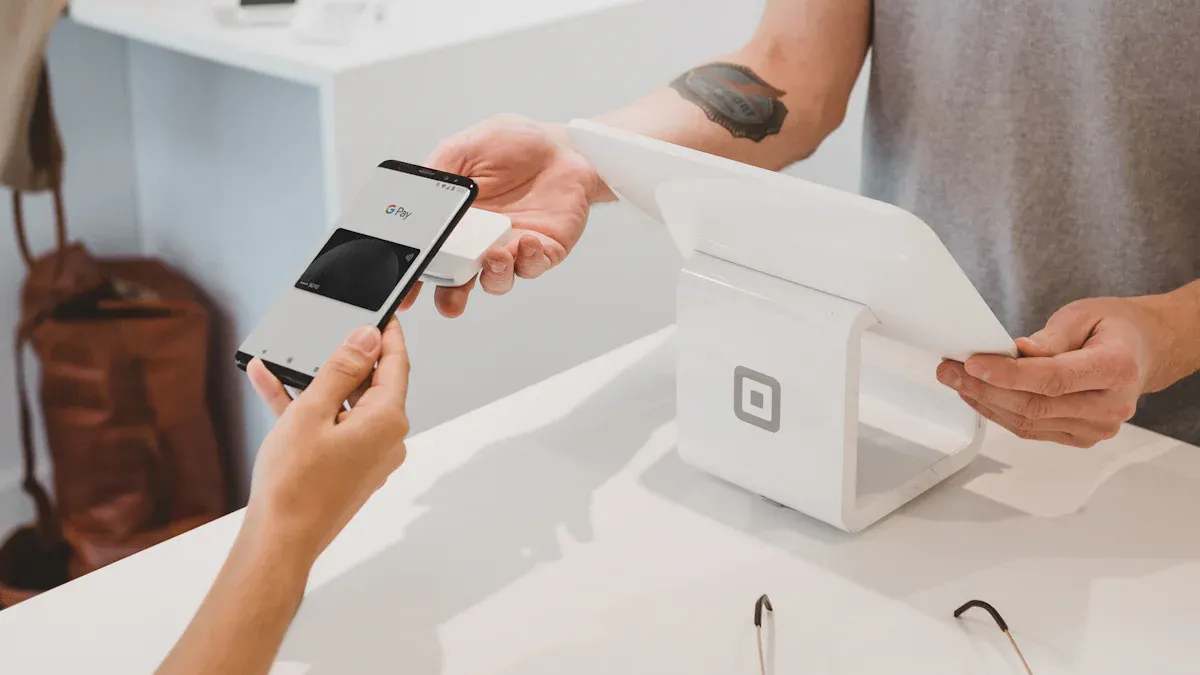
Image Source: unsplash
Are you still enduring remittance waits that last several days? Traditional international wire transfers typically require 1 to 5 business days to arrive. The good news is that completing a cross-border transfer within 1 hour is now entirely feasible.
This guide deeply analyzes three mainstream fast solutions for you:
- Digital remittance platforms
- Cryptocurrencies
- Bank express remittance
This guide will provide clear operation steps and selection advice to help you easily say goodbye to long waits.
Key Takeaways
- Digital remittance platforms are easy to operate with transparent fees, making them a good choice for personal small-amount remittances.
- Cryptocurrency transfers are the fastest in speed but require attention to operational risks and compliance.
- Bank express remittance services are suitable for users who trust traditional banks, especially for large-amount or business payments.
- Choosing the most suitable transfer method requires balancing speed, cost, and security.
- Completing cross-border transfers within one hour has now become a reality.
Digital Remittance Platforms: Minutes-Level Cross-Border Transfer Solution
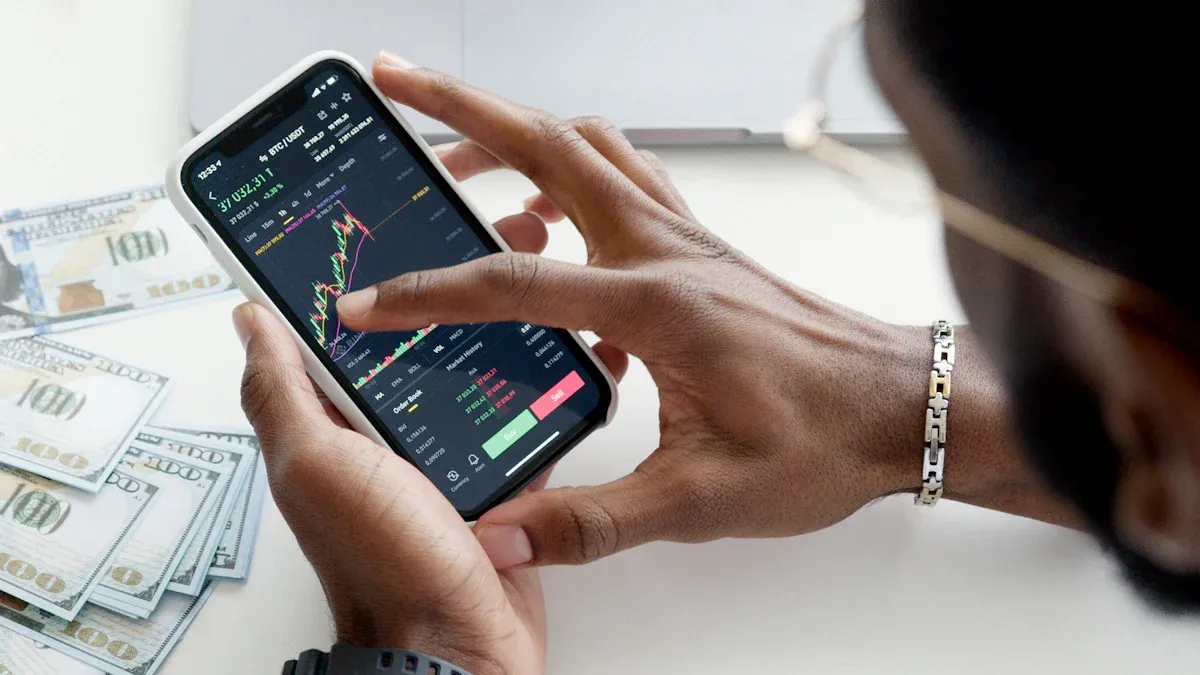
Image Source: pexels
If you pursue ultimate speed and convenience, digital remittance platforms (or Fintech platforms) are your top choice. These platforms bypass the complex intermediate links of traditional banks and use technological optimization to shorten the original multi-day wait to just a few minutes.
Core Advantages: Speed, Cost, and Transparency
The greatest appeal of digital platforms lies in efficiency. They enable funds to flow nearly in real time between different countries through their own fund pools and intelligent routing technology.
For example, Panda Remit claims its remittances can arrive in as fast as 2 minutes, completely overturning people’s traditional perception of international remittances.
In terms of cost, these platforms are also highly competitive. Traditional bank international wire transfer fees are typically between $30 and $80, while digital platforms usually adopt a “fixed fee + percentage” model with a completely transparent fee structure. For example, Wise’s fees can be as low as 0.29% of the transfer amount. You can clearly see all fees and the final arrival amount before initiating the remittance, without worrying about any hidden charges.
Practical Guide: Taking Panda Remit as an Example
Operating these platforms is very simple; you only need a mobile phone to complete all steps. Let’s take Panda Remit as an example to see the complete process:
- Register an Account: Download the App and complete registration using your mobile number or email.
- Identity Verification (KYC): This is a key step to ensure fund security and compliance. You need to prepare and upload identity proof documents. Usually required:
- A valid government-issued photo ID (such as a passport or driver’s license)
- Proof of address (such as utility bills)
- Create a Remittance Order: Enter the remittance amount, recipient information (such as bank card or Alipay account), and remittance purpose. The system will automatically display the real-time exchange rate, handling fee, and estimated arrival time.
- Pay the Order: After confirming the information is correct, choose a payment method (such as bank transfer, debit card, etc.) to complete payment. Afterward, you can track the remittance status in real time within the App.
Key Considerations: Fees, Limits, and Arrival Time
Different platforms vary in fees, limits, and supported regions. Before choosing, you can refer to the table below for comparison to find the solution that best fits your needs. This table can help you quickly understand the characteristics of mainstream platforms, making every cross-border transfer clear and straightforward.
| Platform | Fee Structure | Single Transfer Limit (US to Mainland China) | Claimed Fastest Arrival |
|---|---|---|---|
| Wise | Low fixed fee + starting at 0.29% | Depends on verification level | Minutes to 24 hours |
| Remitly | Varies by speed and payment method | Economy mode up to $10,000 | Minutes (fast mode) |
| Panda Remit | Fixed fee per transaction | $100 - $3,000 | As fast as 2 minutes |
| XTransfer | Targeted at B2B, competitive rates | Higher, suitable for commercial use | Within 1 hour to mainland China |
Cryptocurrency: Near-Zero Latency Global Payments
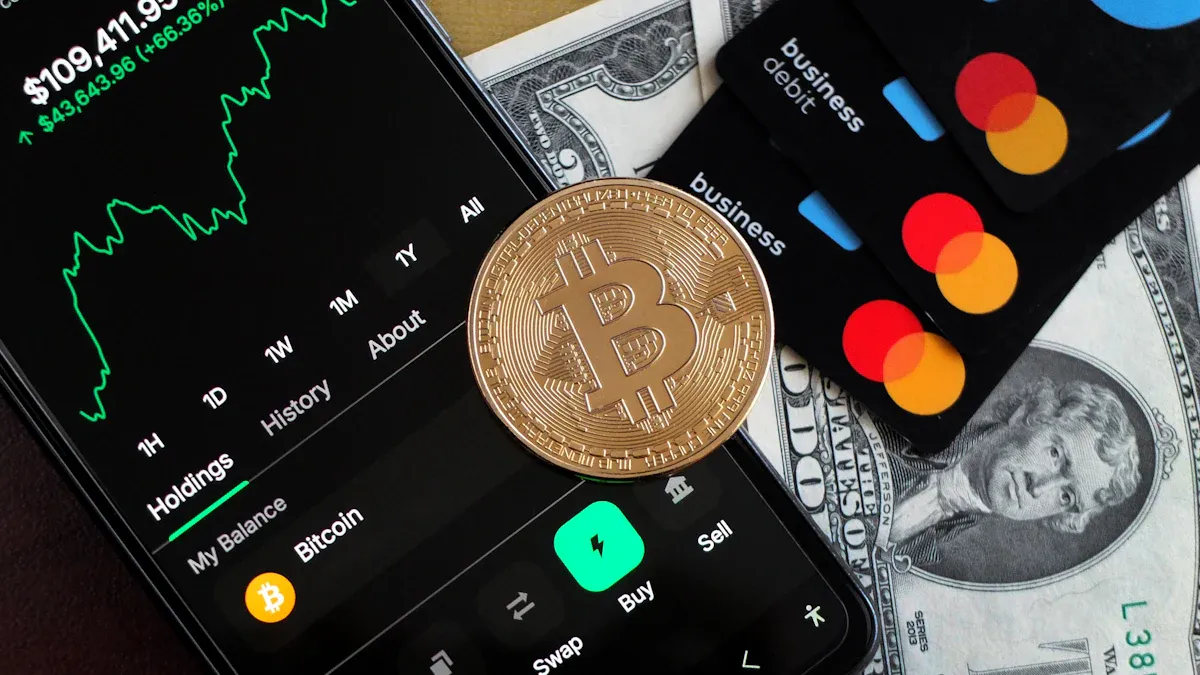
Image Source: pexels
If you need nearly instant fund flows and don’t mind engaging with emerging technologies, cryptocurrency opens a new door for you. It leverages blockchain technology to bypass all traditional financial intermediaries, achieving peer-to-peer global payments.
Core Advantages: Lightning Speed, Low Cost, and Anonymity
The biggest advantage of cryptocurrency transfers is speed. Once a transaction is confirmed on the blockchain, the funds complete the transfer, a process that usually takes only seconds to minutes. However, mainstream cryptocurrencies like Bitcoin have drastic price volatility, making them high-risk as direct transfer mediums.
Solution: Use Stablecoins Stablecoins (such as USDT, USDC) are cryptocurrencies pegged 1:1 to fiat currencies like the USD. You don’t need to worry about price fluctuations eroding your fund value. They serve both as value storage tools and are particularly suitable as stable mediums for cross-border transfers.
Using stablecoins, you can enjoy both the speed of cryptocurrency and the stability of traditional currency.
Cryptocurrency Cross-Border Transfer Process
The entire process can be broken down into four core steps, which you can complete on a cryptocurrency exchange or a crypto payment service platform like Biyapay.
- Fiat Deposit: You first need to exchange fiat currency like USD into digital assets on a cryptocurrency exchange.
Many exchanges offer fast deposit and exchange services. For example, Coinbase provides instant withdrawals for users in specific regions, and Kraken also supports fast conversion between fiat and cryptocurrency.
- Purchase Stablecoins: Exchange your fiat into equivalent USDT or USDC. This process is usually instant.
- Withdraw and Transfer: Withdraw the stablecoin from the exchange to the recipient’s wallet address. This is the key step determining speed, with time depending on the chosen blockchain network.
| Blockchain Network | Average Transfer Time |
|---|---|
| Solana | 2-5 seconds |
| Polygon | 15-60 seconds |
| Ethereum (ERC-20) | 1-5 minutes |
- Recipient Exchange: After receiving the stablecoin, the recipient can exchange it for local fiat currency on a local exchange and withdraw.
Risk Warnings: Volatility, Operations, and Compliance
Although cryptocurrency transfers are efficient, you must be clear about the risks involved:
- Operational Risks: Once a cryptocurrency transfer address is entered incorrectly, funds are almost unrecoverable. Scams like address poisoning and phishing links are rampant.
According to statistics, as of January 31, 2025, at least 913,111 ETH (worth approximately $34.3 billion) have been permanently lost due to holder errors. Be sure to double-check during operations.
- Compliance Risks: Global regulatory policies are tightening. For example, the EU has implemented the Markets in Crypto-Assets Regulation (MiCA) and the “travel rule,” requiring crypto service providers to collect and share information about both parties in transfers to ensure transaction traceability. This means complete anonymity no longer exists, and you need to understand and comply with local laws and regulations.
Bank Express Remittance: Accelerated Solution for Traditional Channels
If you are accustomed to and trust traditional banks but cannot tolerate long waits, then the express remittance services provided by banks are prepared for you. Facing challenges from emerging platforms, traditional banks are also actively upgrading, launching acceleration solutions based on new technologies to make your funds run at new speeds in familiar channels.
Underlying Technologies: SWIFT GPI and SEPA Instant
The acceleration of banks mainly relies on two key technologies:
- SWIFT GPI (Global Payments Innovation): You can think of it as the “Pro” version of traditional wire transfer (SWIFT). It adds end-to-end tracking for every remittance, just like equipping your package with real-time updated logistics information. You no longer need to wait blindly; you can clearly see which stage the funds have reached.
This technology greatly shortens arrival time. Data shows that on average, 50% of SWIFT GPI payments can reach the final recipient’s account within 30 minutes, completely changing the past experience of remittances taking several days.
- SEPA Instant (Single Euro Payments Area Instant Transfer): If you are transferring within the Eurozone, this service is a “godsend.” It requires banks in the area to provide 24/7 uninterrupted instant payment services.
- Coverage: Covers all EU countries, as well as non-EU countries like the UK, Switzerland, Norway, etc..
- Arrival Speed: Funds arrive within 10 seconds, available year-round.
- Transaction Limit: Single transaction cap of 100,000 euros.
This technology makes fund flows in the Eurozone nearly zero-latency.
Applicable Scenarios and Operation Methods
These fast services are not open to everyone and usually have specific applicable scenarios.
- Business Users: For companies engaged in international trade or with high payment volumes, the tracking function and high efficiency of SWIFT GPI are invaluable. It can improve fund turnover efficiency and enhance trust with partners.
- Premium Bank Customers: Many banks offer instant transfer services as exclusive benefits for premium accounts. For example, HSBC’s “Global Transfer” service allows its Premier or Advance customers to achieve instant transfers between their own global accounts under the same name.
In terms of operation, if you meet the conditions, the process is usually very simple. You just need to log into the bank’s mobile App or online banking, and when making an international transfer, the system will automatically match or let you choose the fastest transfer option.
Cost and Limitation Analysis
Although bank express remittance is very fast, you still need to understand its costs and limitations before choosing.
Main Costs:
- Higher Handling Fees: Compared to digital remittance platforms, bank express remittance handling fees are usually higher.
- Exchange Rate Spread: The exchange rates provided by banks may not be as competitive as those of professional remittance platforms, meaning you will lose part of your funds on the exchange rate.
Core Limitations:
| Limitation Type | Specific Description |
|---|---|
| Geographic Restriction | SEPA Instant only applies to euro transfers within the Eurozone and cannot be used for other currencies or cross-border transfers in other regions. |
| Speed Not Guaranteed | Although SWIFT GPI is fast, “arrival within 30 minutes” only covers about half of transactions; the other half may still take longer. |
| Account Threshold | Many banks’ instant transfer services are tied to premium accounts, and ordinary savings account users may not be able to use them. |
In summary, bank express remittance provides a reliable acceleration option for users who trust traditional channels, especially suitable for large-amount, enterprise-level, or specific needs with existing premium bank accounts.
Fast Solution Comparison and Final Selection Advice
After analyzing the three solutions, you might ask: which one is best for me? Don’t worry; this section will help you find the best answer through direct comparison and scenario analysis. To give you a more intuitive understanding of the differences, let’s start with the core indicator of speed and see how a $1,000 transfer performs under different solutions.
Horizontal Comparison of Core Indicators Across Solutions
- Digital Remittance Platforms: Usually complete within minutes to hours, the best choice for balancing speed and ease of use.
- Cryptocurrency (Stablecoins): Fastest in speed, usually completing global settlement within minutes, unrestricted by bank operating hours.
- Bank Express Remittance (SWIFT GPI): Speed significantly improved. Data shows that about 40% of GPI payments arrive within 30 minutes, but some transactions still take longer, with about 92% completing within 24 hours.
To give you a clearer understanding of costs and applicable scenarios, let’s take a freelancer receiving a $500 service fee from a European client as an example to see the pros and cons of different methods.
| Payment Method | Processing Time | Fees (Estimated) | Applicable Scenarios |
|---|---|---|---|
| SEPA Transfer | Same day or next day | Cost-effective | Client in Eurozone, pursuing low cost |
| Wire Transfer | 1-5 business days | $5 - $75 | Traditional, reliable, suitable for urgent or large payments |
| PayPal | Instant | Up to 5% + currency conversion fee | Convenient and fast, suitable for small or one-time projects |
How to Choose the Best Solution Based on Needs
Now, you can make the most informed choice based on your specific needs.
Scenario 1: Small-Amount, High-Frequency Personal Remittances
If you need to send living expenses to family abroad or pay tuition fees for studying overseas, digital remittance platforms are your top choice. They are easy to operate, have transparent fees, and fast arrival speeds, perfectly meeting daily needs.
Scenario 2: Large Commercial Payments Over $50,000
When you, as a business owner, need to pay large cargo payments to suppliers in mainland China, security is the top priority. At this time, using Letters of Credit (LC) through banks is the industry-recommended reliable method. It ensures suppliers receive payment only after shipment, providing maximum protection for your funds.
Scenario 3: Pursuing Ultimate Speed and Low Cost
If you have high acceptance of new technologies and need nearly instant fund flows, cryptocurrency (stablecoins) is an option worth exploring. It helps you bypass all intermediate links, but be extra careful during operations to ensure address accuracy.
In summary, choosing the most suitable cross-border transfer solution hinges on balancing your core needs: speed, cost, or security?
Now, you can be confident that “cross-border transfers within 1 hour” have become reality. This guide analyzes three solutions for you:
- Digital Remittance Platforms: Easy to operate, transparent fees, the best choice for balancing speed and cost.
- Cryptocurrency: Fastest in speed, but operational risks and compliance are key points you must note.
- Bank Express Remittance: Provides a reliable acceleration solution for users trusting traditional channels.
We hope this guide helps you boldly try new transfer methods based on your needs and enjoy the convenience brought by technology.
What problems have you encountered in cross-border transfers? Or do you have faster tips? Feel free to share your experience in the comments!
FAQ
What is KYC? Is it required for every transfer?
KYC stands for “Know Your Customer.” It is an identity verification requirement to prevent financial crimes.
You usually only need to complete it once when first registering on a digital platform or exchange. Subsequent transfers do not require re-verification unless there are major changes to your account information.
I want to remit a large amount over $50,000; which method is the safest?
For large amounts, security is always the top priority. Bank channels are a more stable choice. You can consult your bank, such as a licensed bank in Hong Kong, to learn about their SWIFT GPI services for large remittances. This method provides complete fund tracking and is more reliable.
I’m not familiar with cryptocurrency; what should be my first step?
If you are a beginner, the first step is to register an account on a reputable, regulated cryptocurrency exchange. Start by trying the “fiat deposit” and “purchase stablecoin” processes with a small amount of funds. Do not conduct large transfers until you are fully familiar with the operations.
Why did my bank express remittance still take over 1 hour?
The bank’s SWIFT GPI service does not guarantee every transaction arrives within 1 hour. This speed is affected by the processing efficiency of intermediary banks and the recipient country’s banking system. Although most transactions are fast, some may still take several hours or even longer.
*This article is provided for general information purposes and does not constitute legal, tax or other professional advice from BiyaPay or its subsidiaries and its affiliates, and it is not intended as a substitute for obtaining advice from a financial advisor or any other professional.
We make no representations, warranties or warranties, express or implied, as to the accuracy, completeness or timeliness of the contents of this publication.

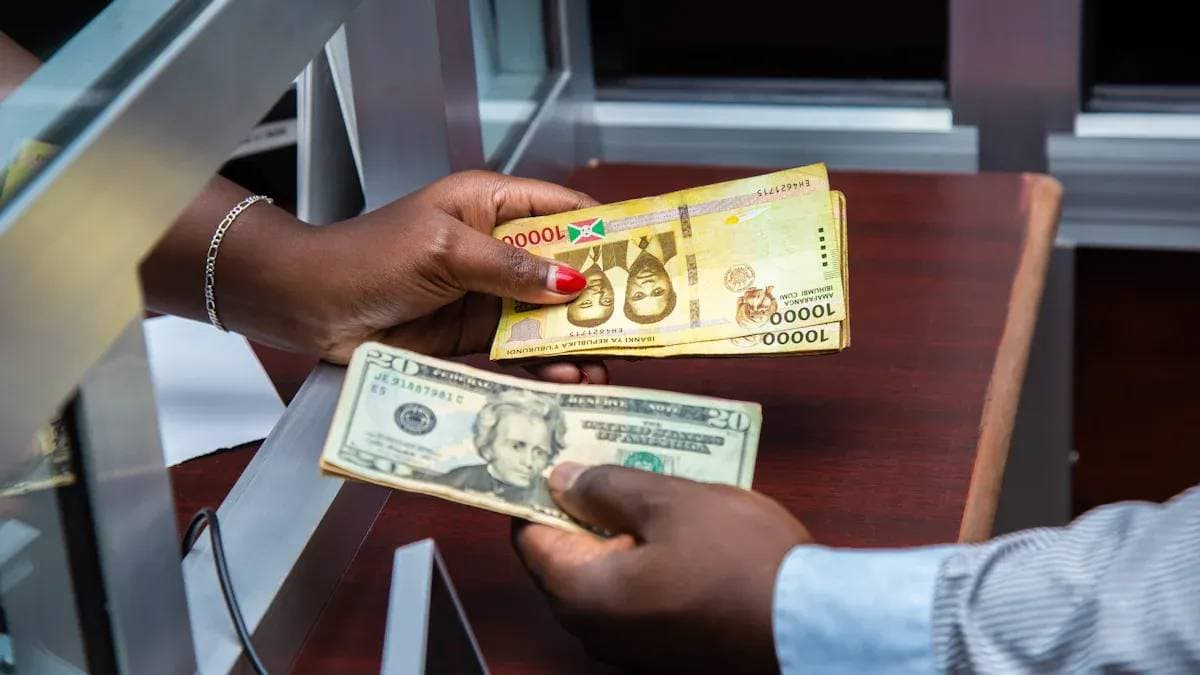
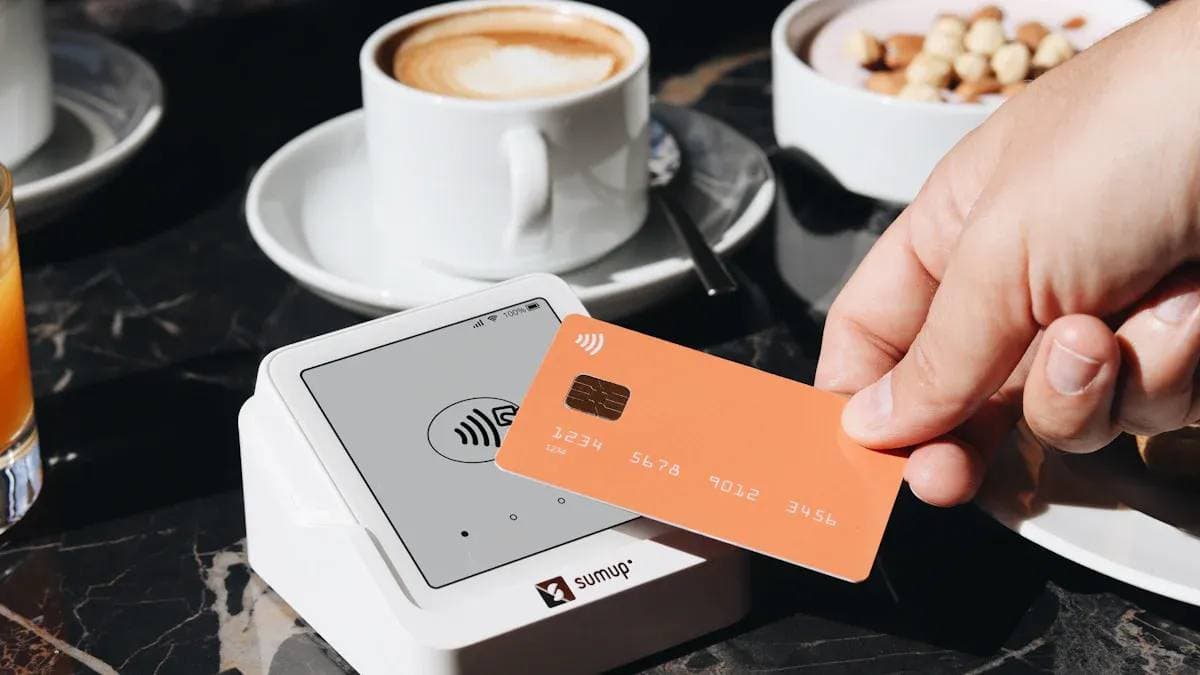

Contact Us
Company and Team
BiyaPay Products
Customer Services
BIYA GLOBAL LLC is a licensed entity registered with the U.S. Securities and Exchange Commission (SEC No.: 802-127417); a certified member of the Financial Industry Regulatory Authority (FINRA) (Central Registration Depository CRD No.: 325027); regulated by the Financial Industry Regulatory Authority (FINRA) and the U.S. Securities and Exchange Commission (SEC).
BIYA GLOBAL LLC is registered with the Financial Crimes Enforcement Network (FinCEN), an agency under the U.S. Department of the Treasury, as a Money Services Business (MSB), with registration number 31000218637349, and regulated by the Financial Crimes Enforcement Network (FinCEN).
BIYA GLOBAL LIMITED is a registered Financial Service Provider (FSP) in New Zealand, with registration number FSP1007221, and is also a registered member of the Financial Services Complaints Limited (FSCL), an independent dispute resolution scheme in New Zealand.




















